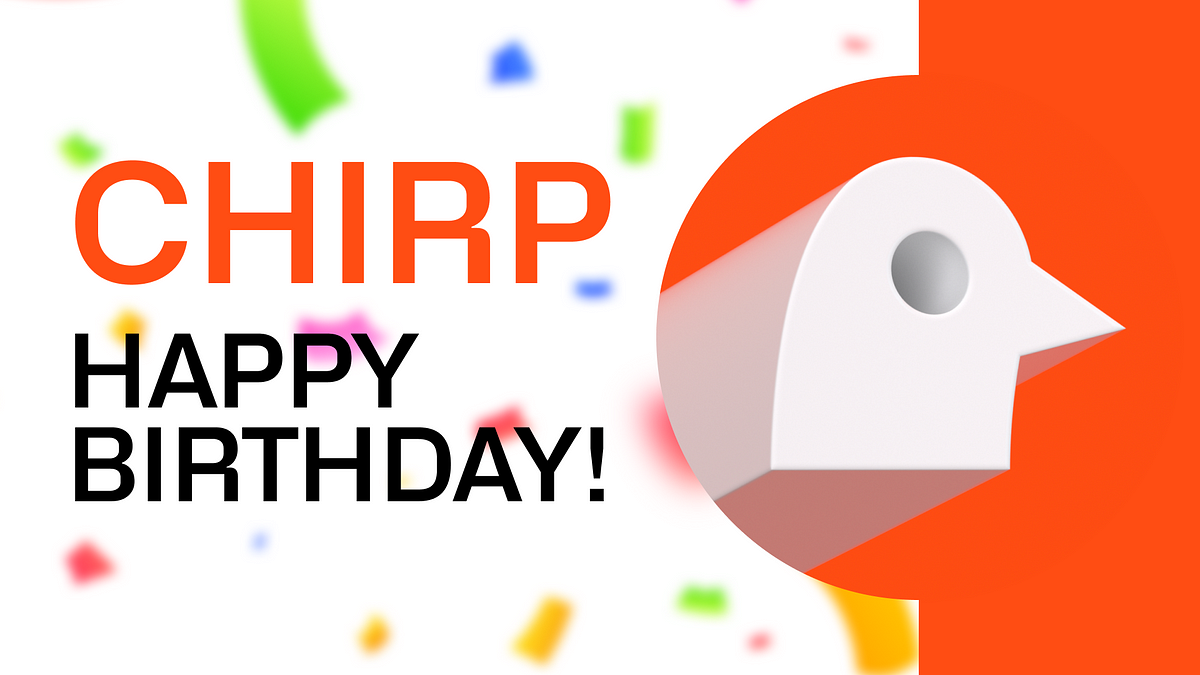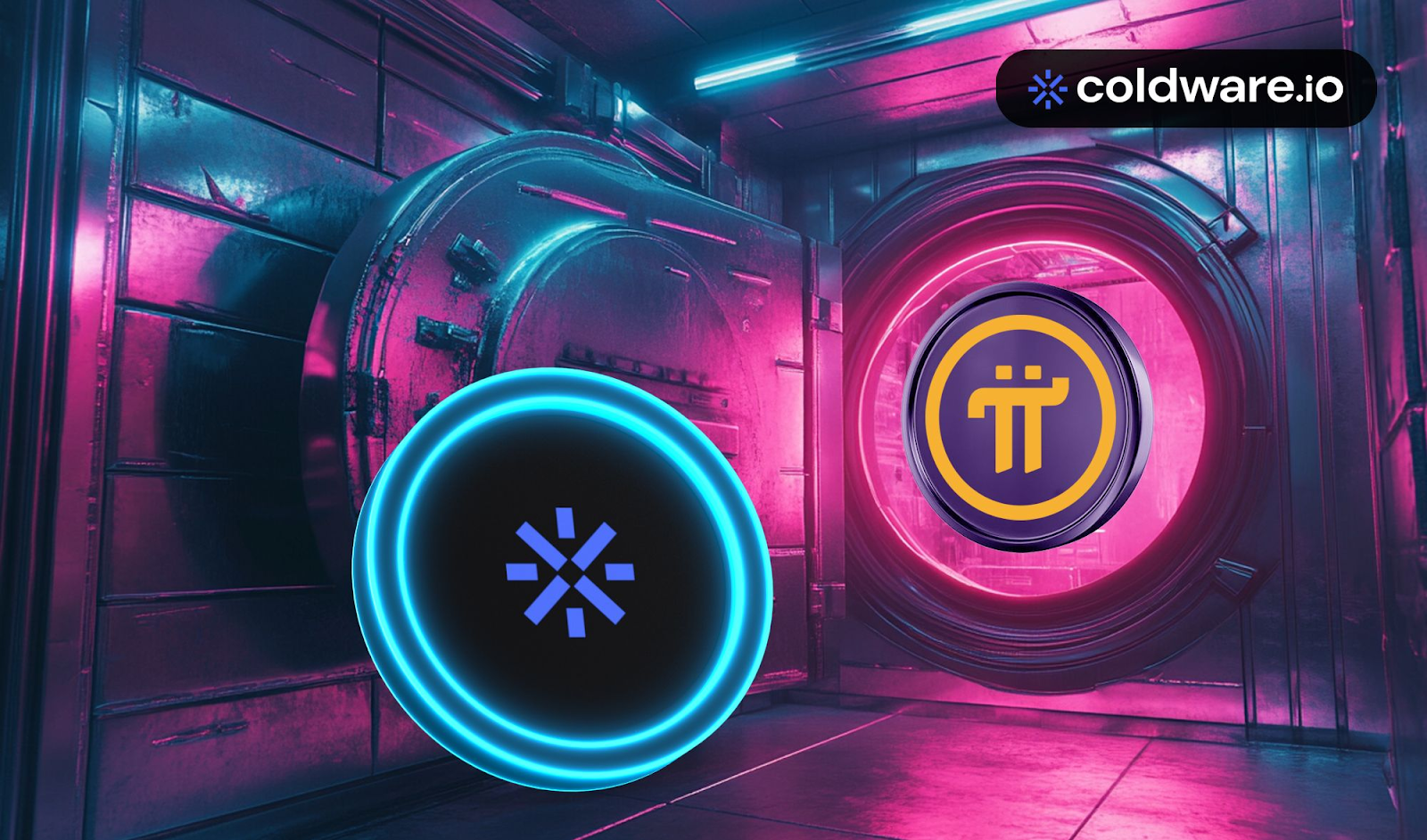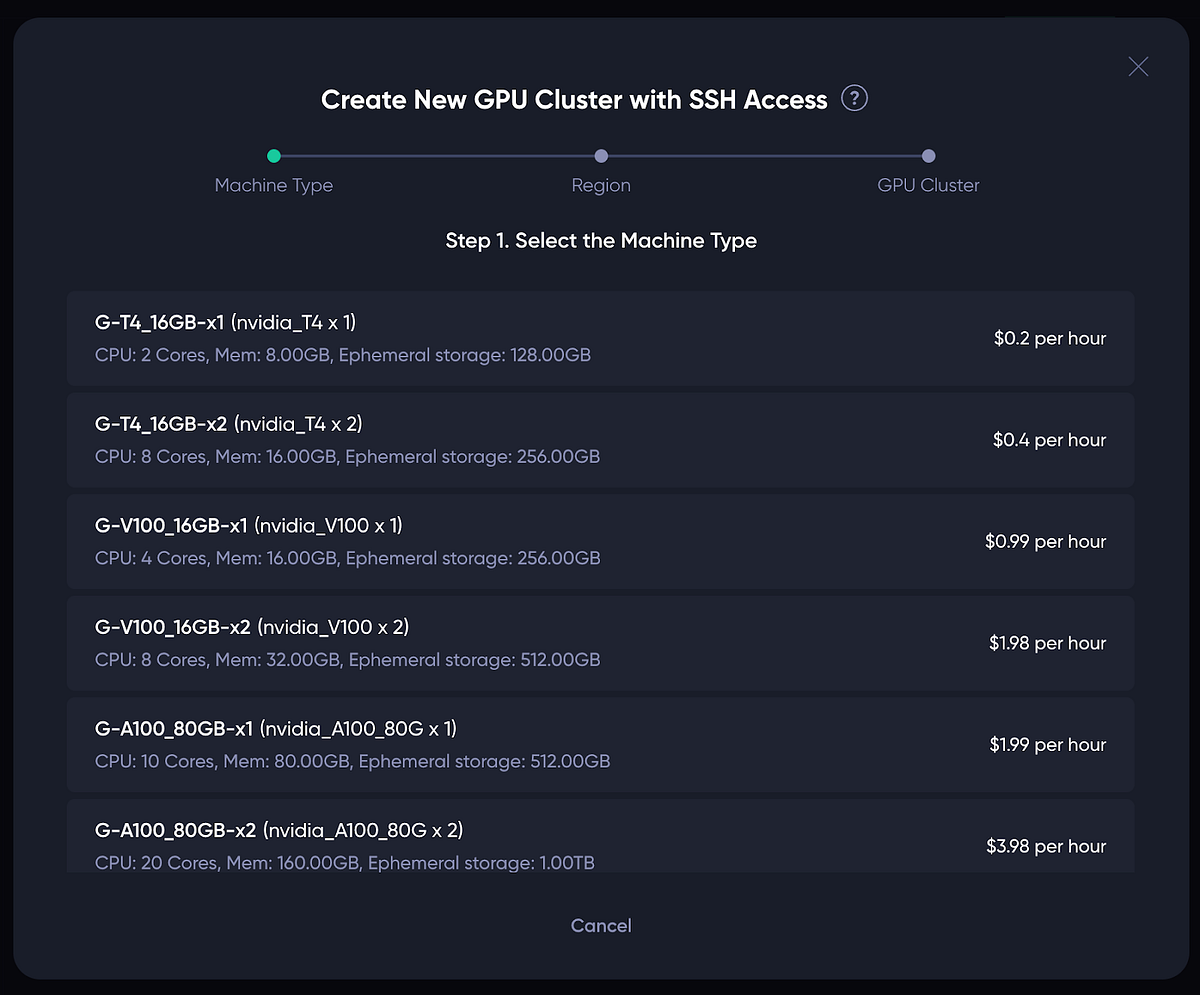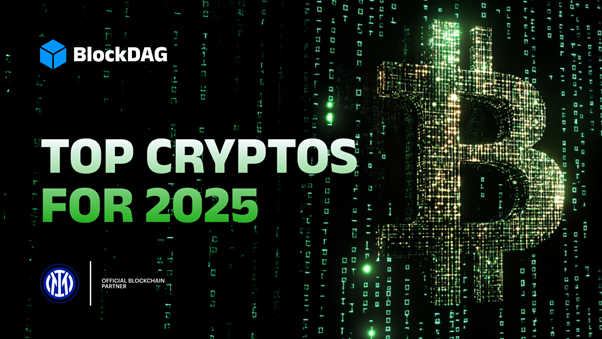Chirp Celebrates Two Years of Innovation and Growth in IoT

On October 18, 2022, Chirp was introduced to the Web3 community, building upon the groundwork established by Mesh+. With a vision to transform the Internet of Things (IoT) and telecommunications sectors through decentralized infrastructure, Chirp has made remarkable progress over the past two years, even amidst a prolonged bear market. The company has launched various products, formed strategic partnerships, and advanced its DePIN and IoT infrastructure. As it approaches the mainnet launch and the debut of the CHIRP token on the Sui network, this anniversary serves as a moment to reflect on its journey and celebrate its achievements since inception.
In 2022, Chirp laid a solid foundation by articulating a clear vision aimed at disrupting traditional telecom models through decentralization. The company focused on addressing key challenges in the IoT sector, such as complexity and scalability. A world-class team was assembled, leading to the introduction of community-owned Blackbird miners and the first features of an intuitive IoT platform designed to simplify user experience. The CHIRP token was also introduced with a deflationary model to incentivize network participation. By the end of 2022, Chirp had built a dedicated community of early supporters, positioning itself for a productive 2023.
The year 2023 marked a period of expansion and innovation for Chirp, highlighted by a partnership with RAKWireless to develop custom gateways that enhanced IoT connectivity. The successful deployment of Blackbird miners in 33 countries solidified Chirp’s global presence. Security enhancements were made to ensure a zero-trust environment for its decentralized network. The integration of the Sui blockchain further improved scalability and transaction speed. As Chirp celebrates its third anniversary in 2024, it is poised for significant launches, including the mainnet and CHIRP token listings, while also introducing a DePIN P2E mobile game that gamifies participation in the ecosystem, promising real-world utility and benefits for its community.
Related News





